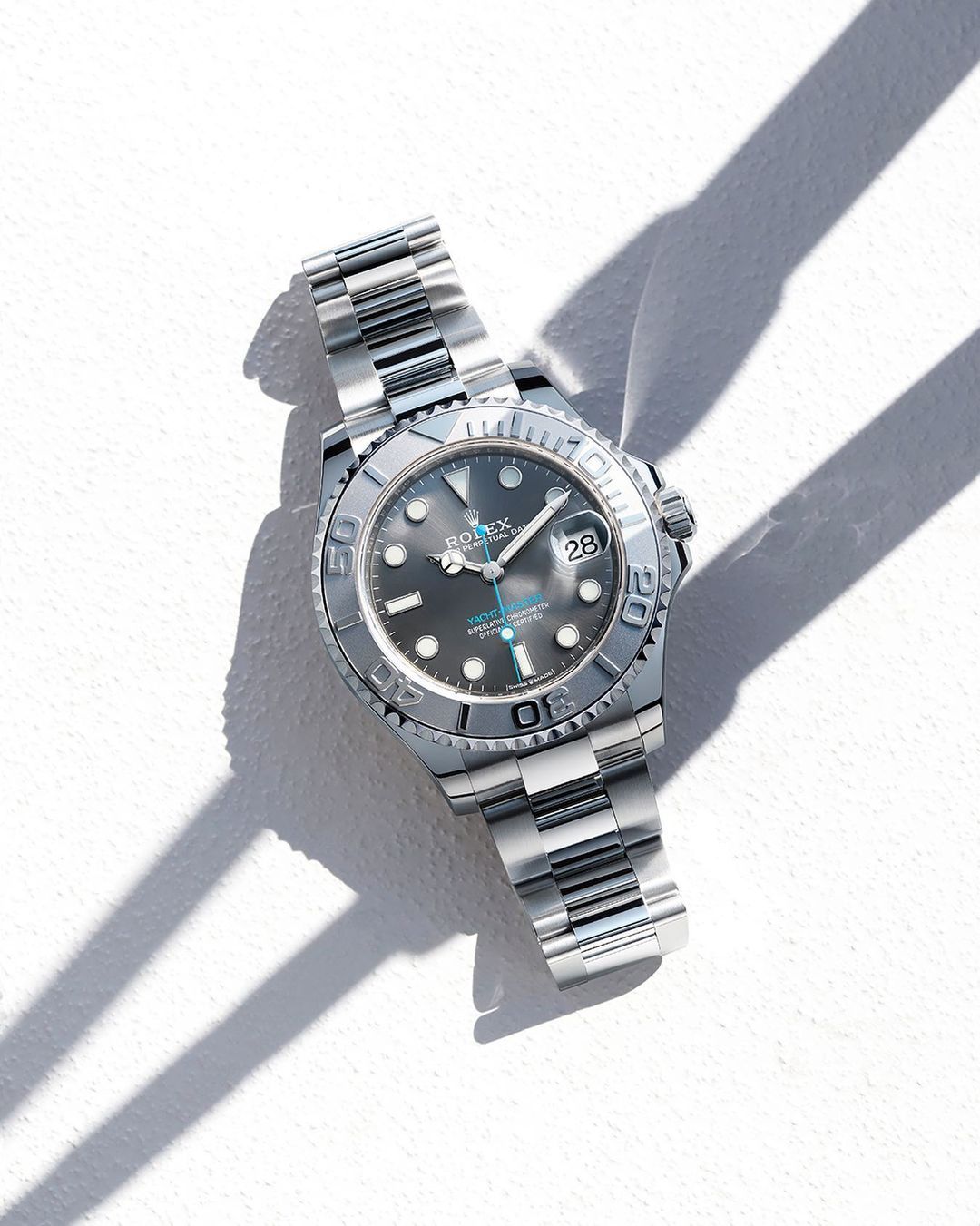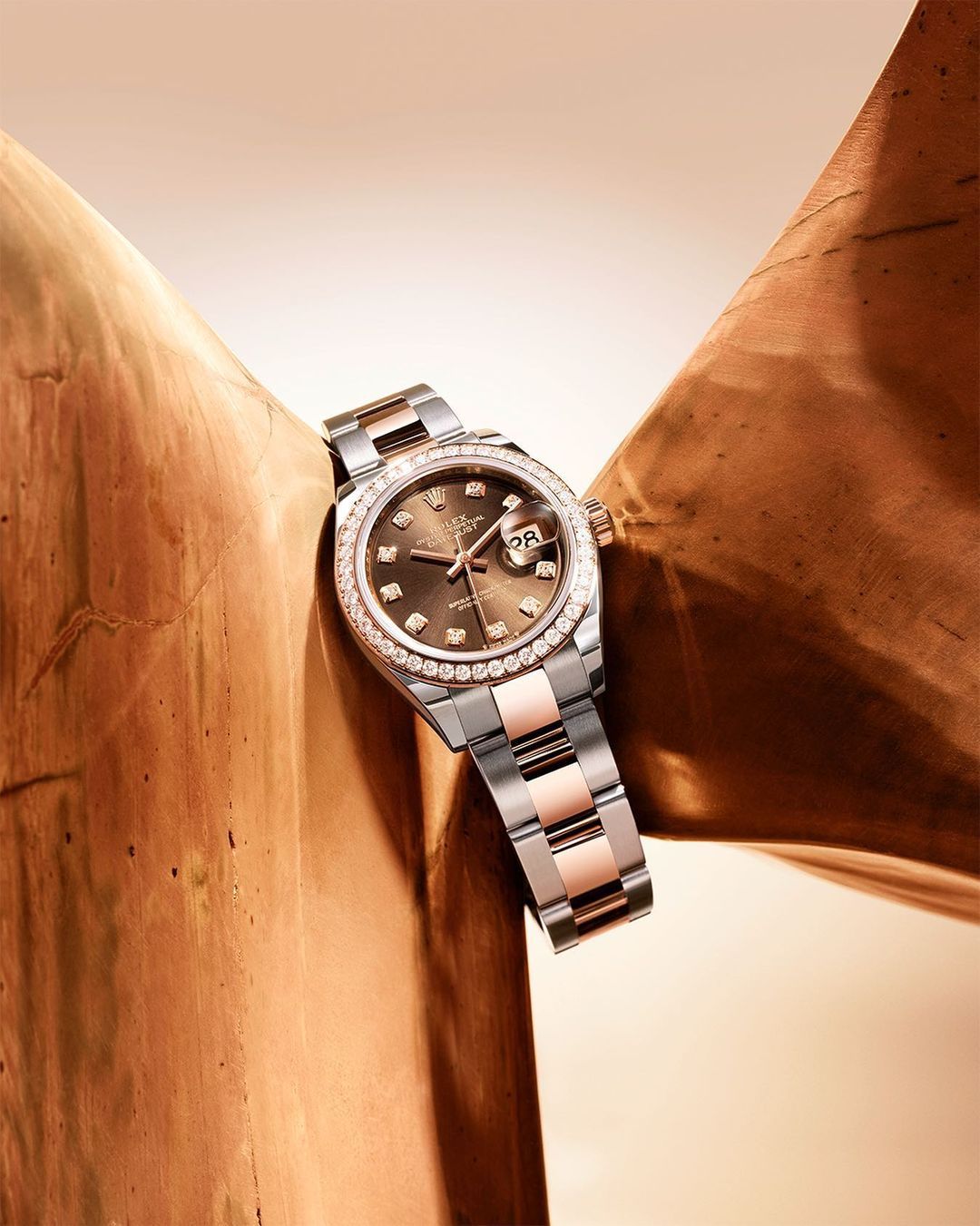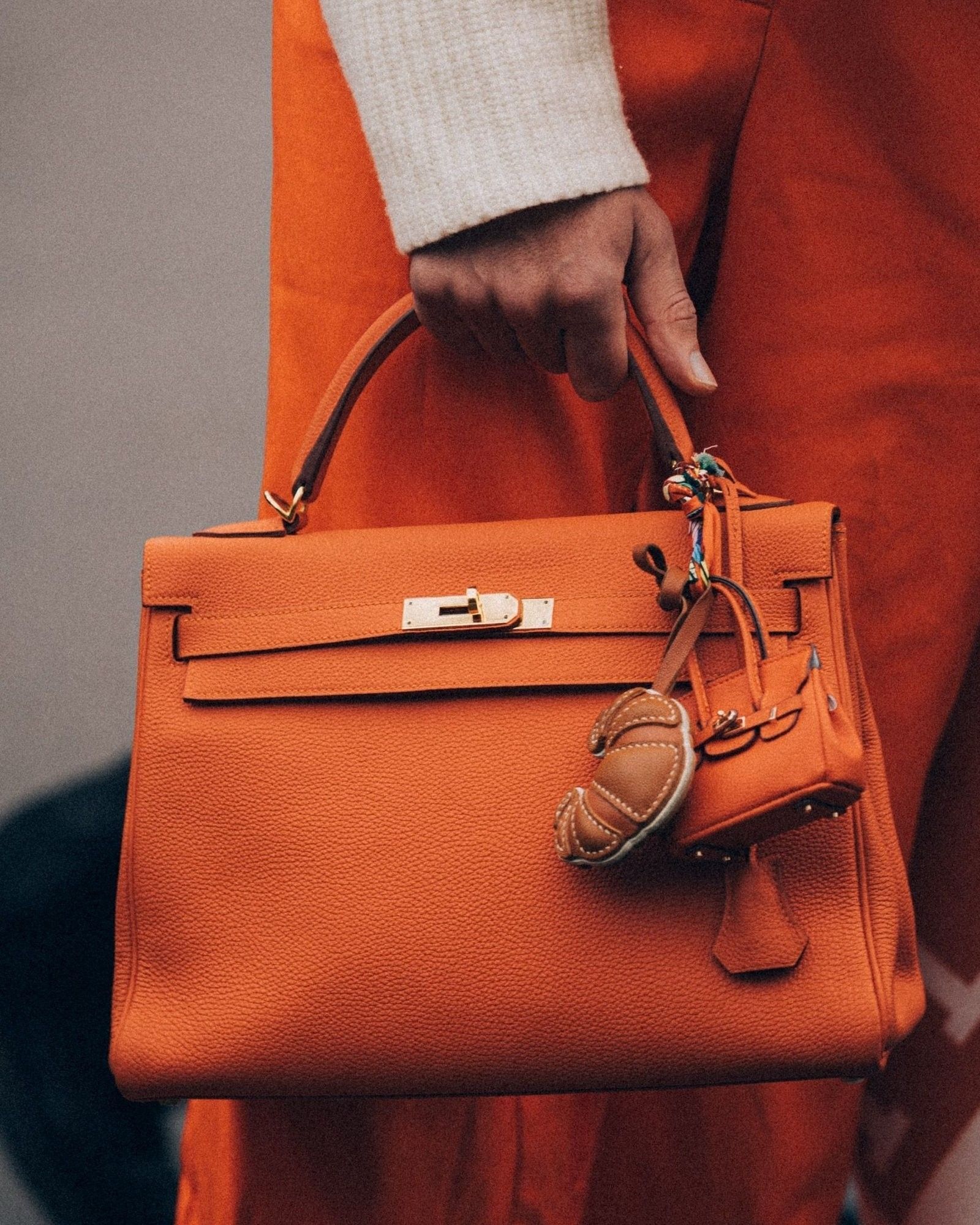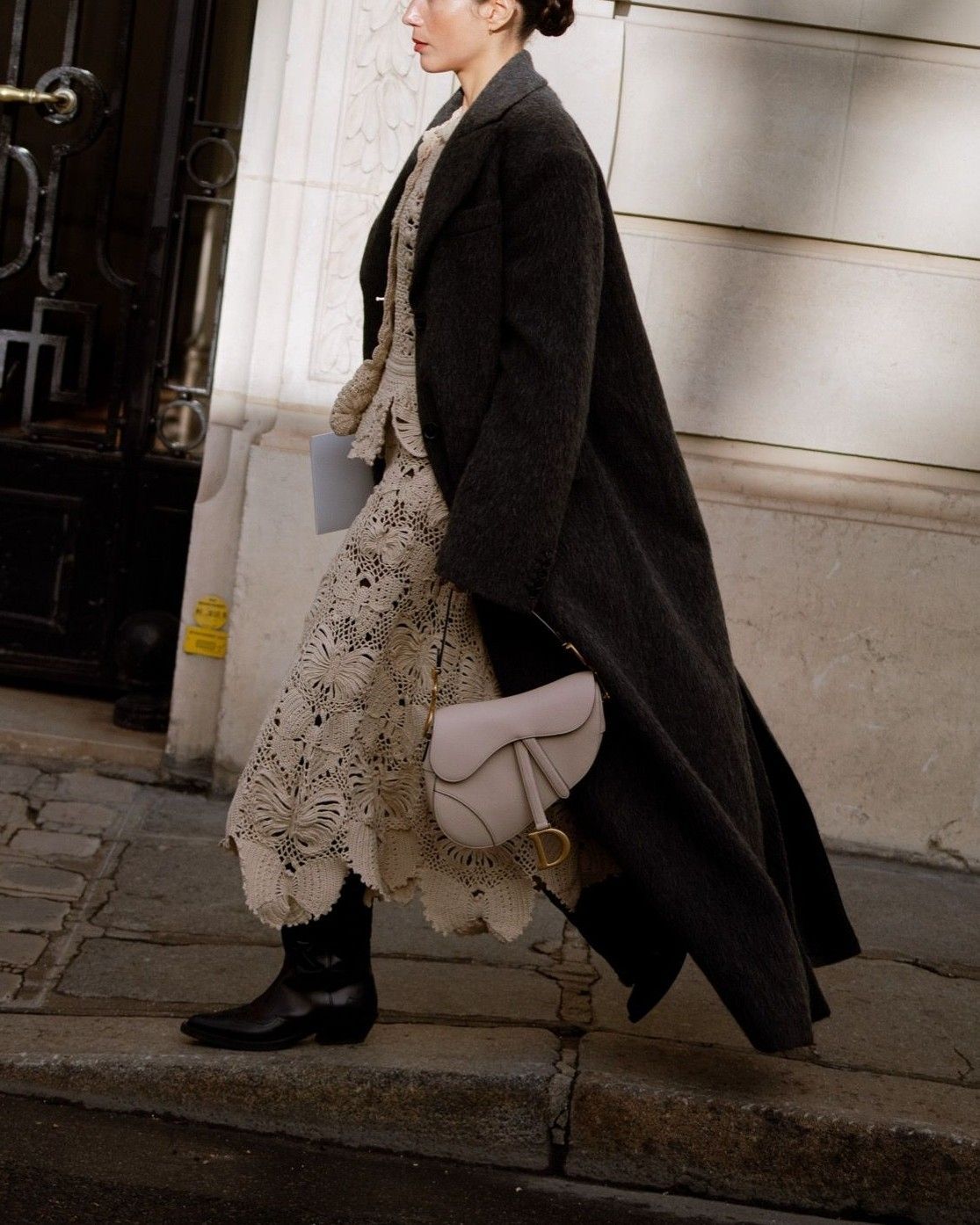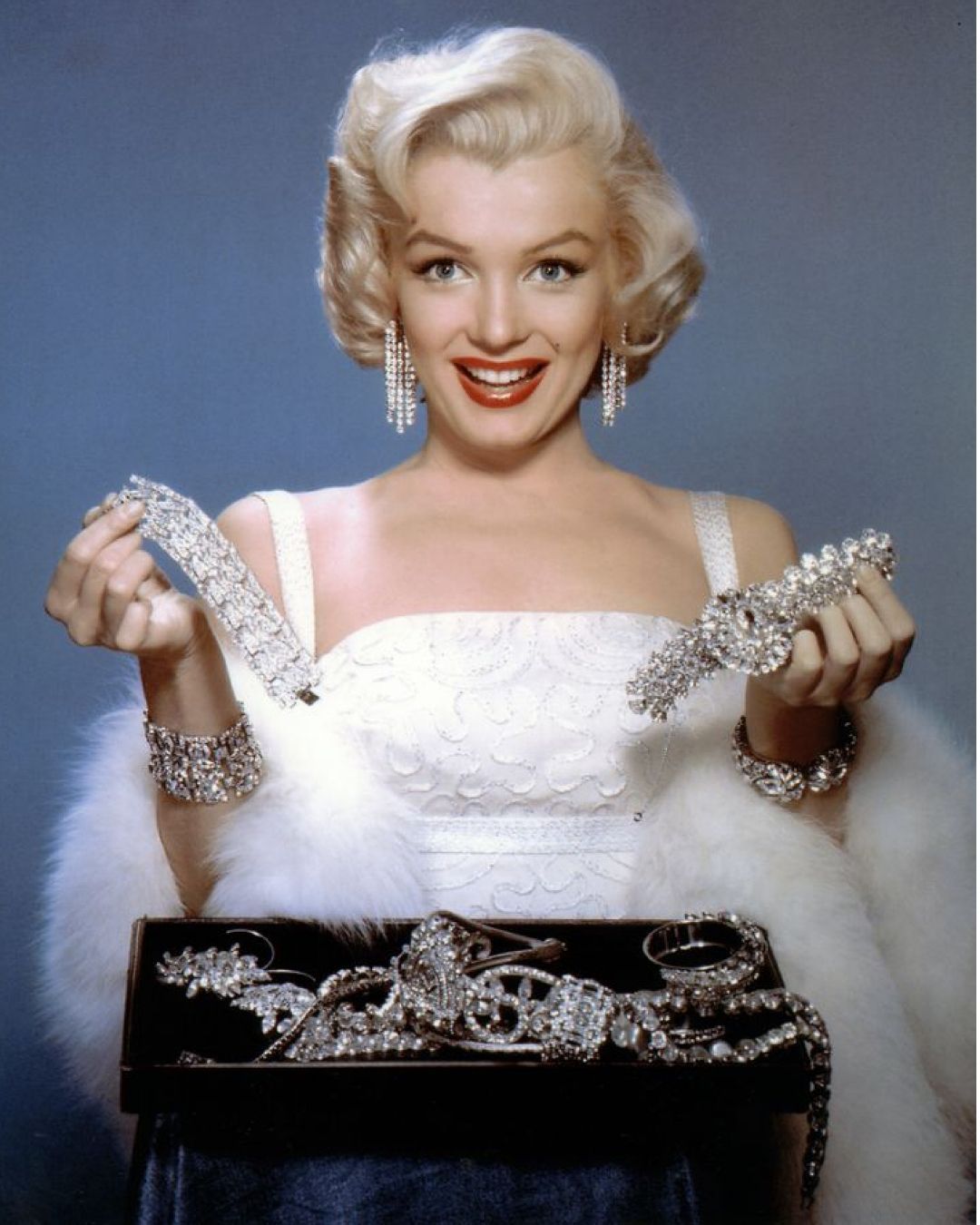
Rolex is increasing the price of its watches Including the famous Oyster Perpetual and Submariner models
As reported by specialized magazines Professional Watches and Italian Watch Spotter, at the beginning of 2022 Rolex increased the price of its flagship watches on the international market: both in the USA and in Italy, for example, the price of the classic Submariner model increased by just over 10%, or about € 800, while the Daytona model, always with a similar percentage increase, came to cost even € 1300 euros more, but the biggest increase came for the Explorer which saw a 12.2% price rise while the Oyster Perpetual increased by about 4%. The reasons for the increase in prices lie once again in the supply chain – as can be seen from the models mentioned in the brand's new price lists, in fact, the price increases have affected the steel Rolex which, after the reopening following the first wave of the pandemic, have even tripled.
In addition to the high cost of raw materials, which in any case has only partially affected the retail prices of Rolex, to cause the scarcity of timepieces on the market and therefore their price increase has also been the increase in demand: it is known that Rolex as a brand, producing its models by hand, can make available only a certain number a year with very long waiting lists, those who want to buy a Rolex, therefore, turn to the secondhand market where resellers apply stratospheric price increases precisely because of the rarity of the original Rolex. It is clear that the pay-off in the case of the secondary market is to avoid the waiting list, even paying more than double or triple the original list price.
This increase in Rolex prices, therefore, can be made part of the generalized increase in the prices of luxury products seen during the last two years of the pandemic. But if brands like Rolex itself or Hermès have been able to justify the price increases with the feedback between the production capacities of the artisan workshops and the surge in demand, other luxury brands, such as Chanel, are aiming to obtain the same scarcity to raise their products to a similar level of demand and rarity. The pandemic has therefore highlighted a new distinction: that between luxury and über-luxury products, which includes all those goods for which the same habitual luxury clientele (which has evidently begun to explore the secondhand) can either buy through retail channels after a long wait of even years or buy immediately at prices that are so high that they continue to reinforce the idea of the value of the products themselves.











































